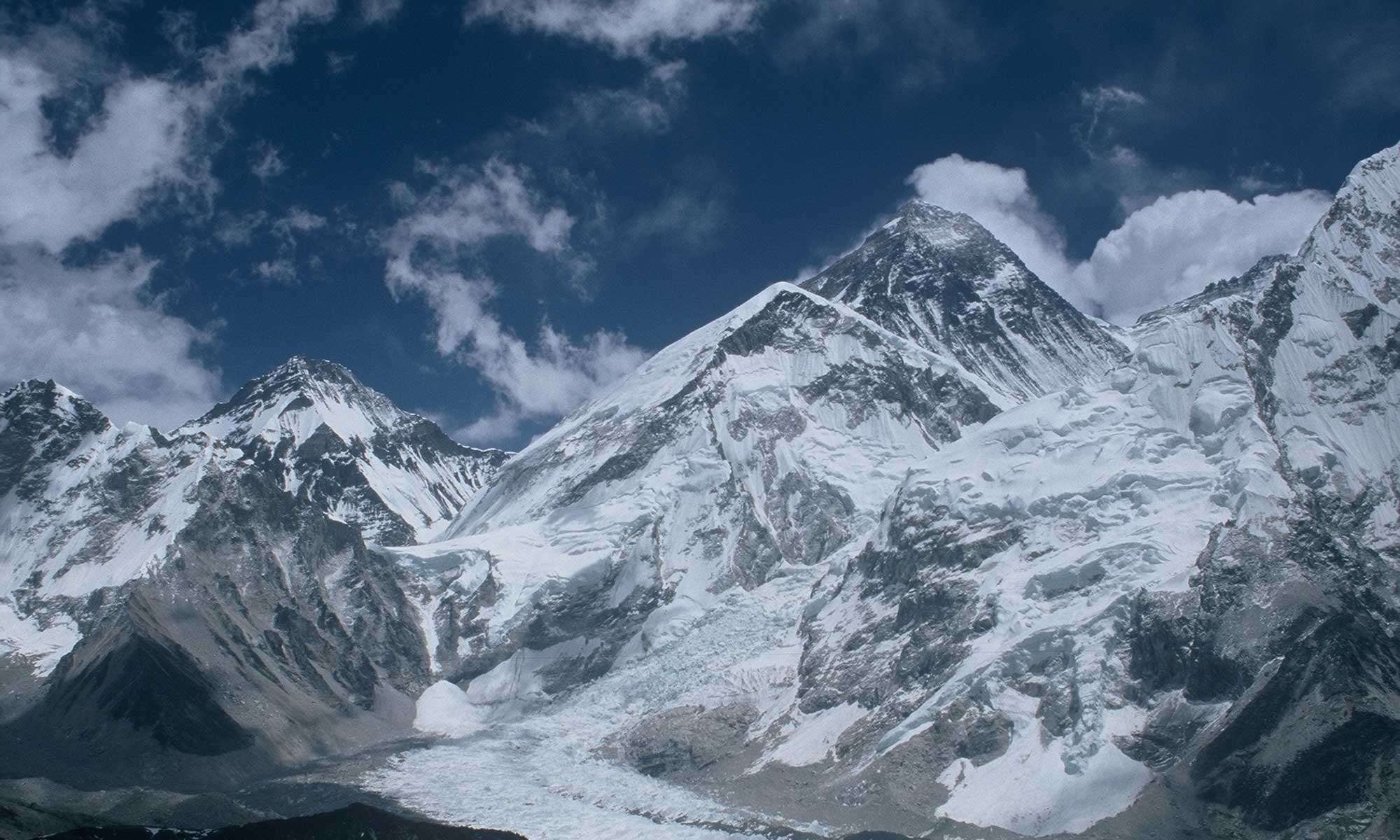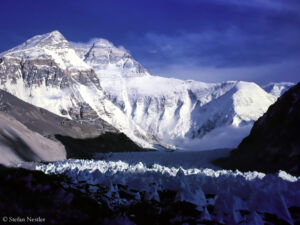An unusually large number of foreign eight-thousander climbers have been staying in the Langtang National Park, around 50 kilometers north of Nepal’s capital Kathmandu, these days. The reason was obvious: the border to Tibet is close by and the five- and six-thousanders of Langtang are ideal for acclimatization. The teams were waiting for entry and climbing permits for China, where they wanted to try their hand at the eight-thousanders Shishapangma and Mount Everest this spring.
All those who wanted to climb the 8,027-meter-high Shishapangma received disappointing news today: the lowest of the 14 eight-thousanders remains closed. “After 17 days of waiting for an answer about the possibility of climbing Shishapangma in Tibet, we were informed that climbing in the region will not be allowed this year,” wrote Brazilian Moeses Fiamoncini on Instagram. “Now is the time to rethink our plans and redirect our energy towards exploring new challenges.”
Everest permits only after the Chinese holidays
Fiamoncini has already summited seven eight-thousanders without bottled oxygen; Shishapangma was to be number eight. Several dozen climbers had applied for permits for this eight-thousander. “It’s cancelled for this season,” confirms Mingma Gyalje Sherpa, head of the expedition operator Imagine Nepal, “but Everest will happen.” Mingma expects the permits for the highest mountain on earth “on May 6 or 7, maybe even earlier”.

While Labor Day is celebrated worldwide on 1 May, in China all stores, offices and schools remain closed until 5 May to mark the occasion. Other expedition operators told ExplorersWeb that 7 May would be the date on which the border will open for the Everest teams. In return, the season should last longer than usual: until 11 June. Lukas Furtenbach, head of the Austrian operator Furtenbach Adventures, disagrees. The season also ends in Tibet on 1 June, he writes to me. Part of his team on the north side is now moving to the south side, says Lukas. The remaining clients continue to wait.
After a four-year break, the foreign expeditions want to return to the north side of Mount Everest this year. It is shaping up to be a comeback with obstacles. Meanwhile, the Nepalese government has so far (as of 22 April) issued 364 permits for the south side of Everest. Last year at this time (21 April 2023), there were already 454 climbing permits. A decrease of 23.8 percent.
Update 24 April: After the British operator Adventure Peak, the Dutch expedition leader Arnold Coster, who lives in Nepal, has also pulled the ripcord and sent his team to the south side of Nepal. “The Chinese authorities keep delaying our entry date and now I feel like waiting any longer is too risky,” Coster writes on Instagram. “After more than a dozen Everest North expeditions I simply think the gamble on a late summit is too big. Yes, there been years when people summited late, but I have also seen years when the season just abruptly stops when the monsoon arrives.”
Update 25 April: The field of teams that wanted to ascend via the north side of Everest is getting smaller and smaller. Now Andreas Neuschmid, expedition leader of the Swiss operator Kobler & Partner, has also announced that his team switches to the Nepalese south side.





